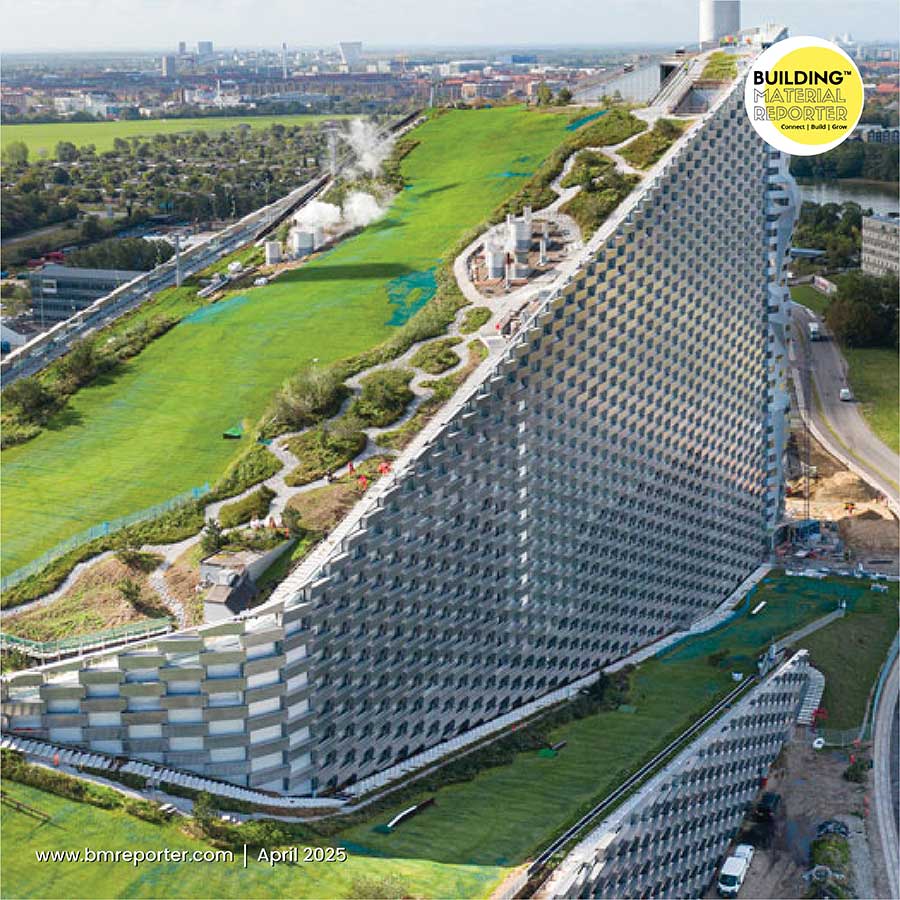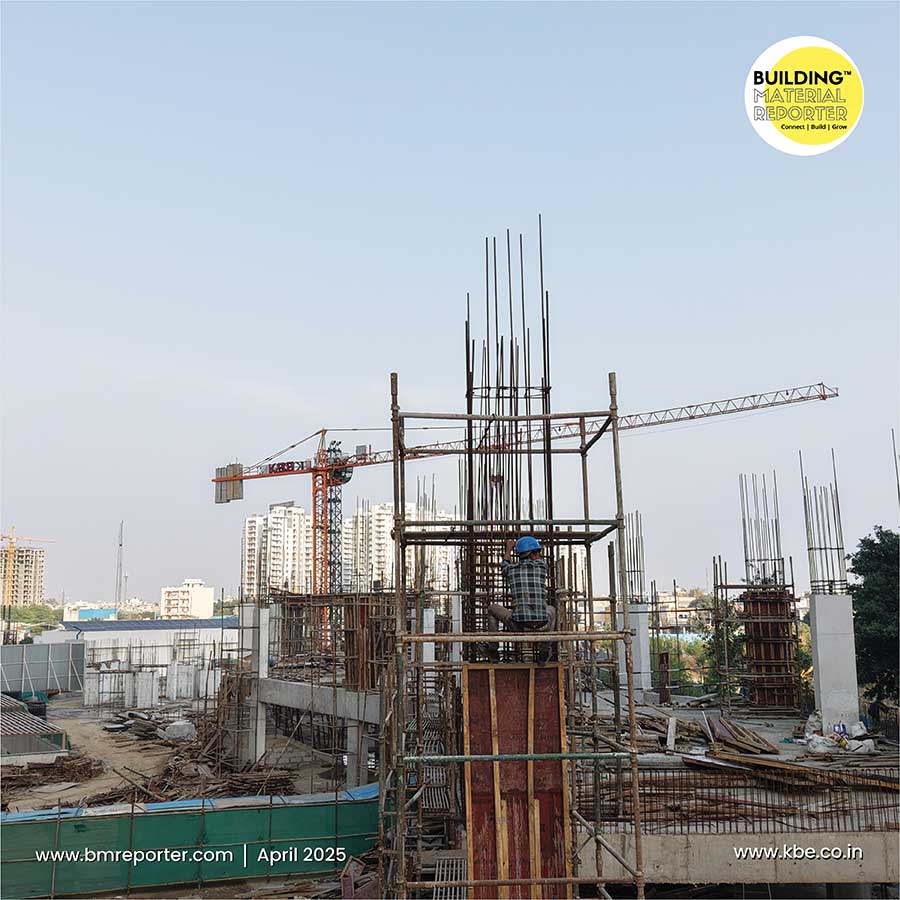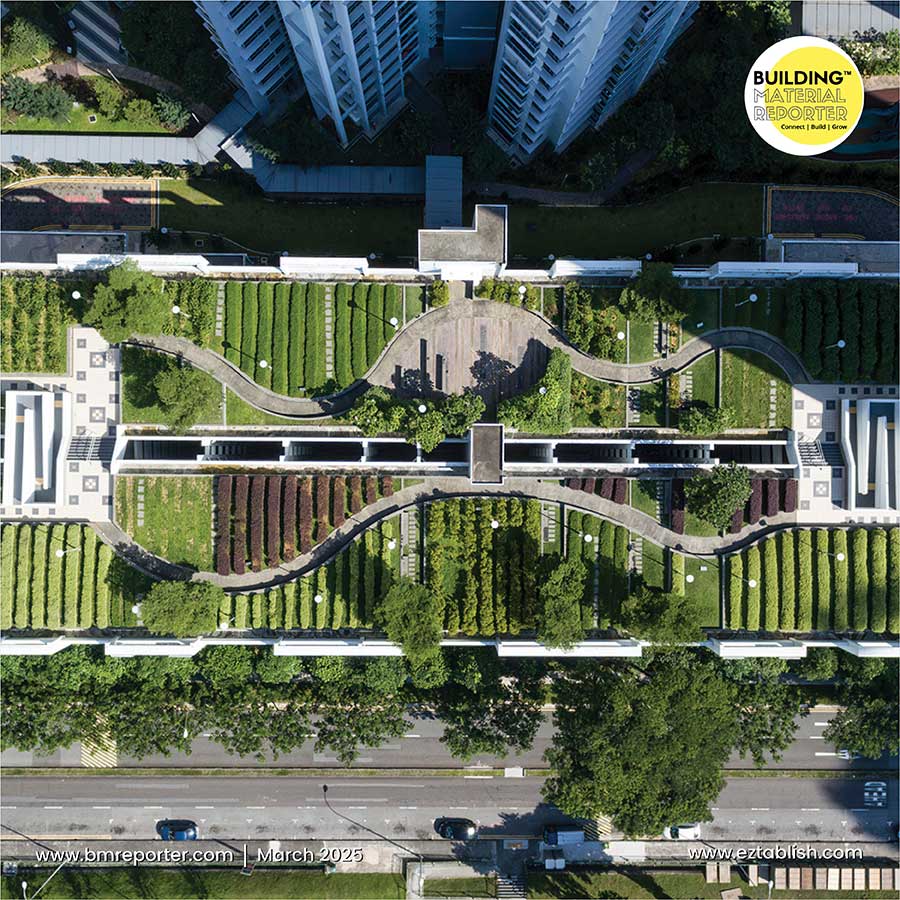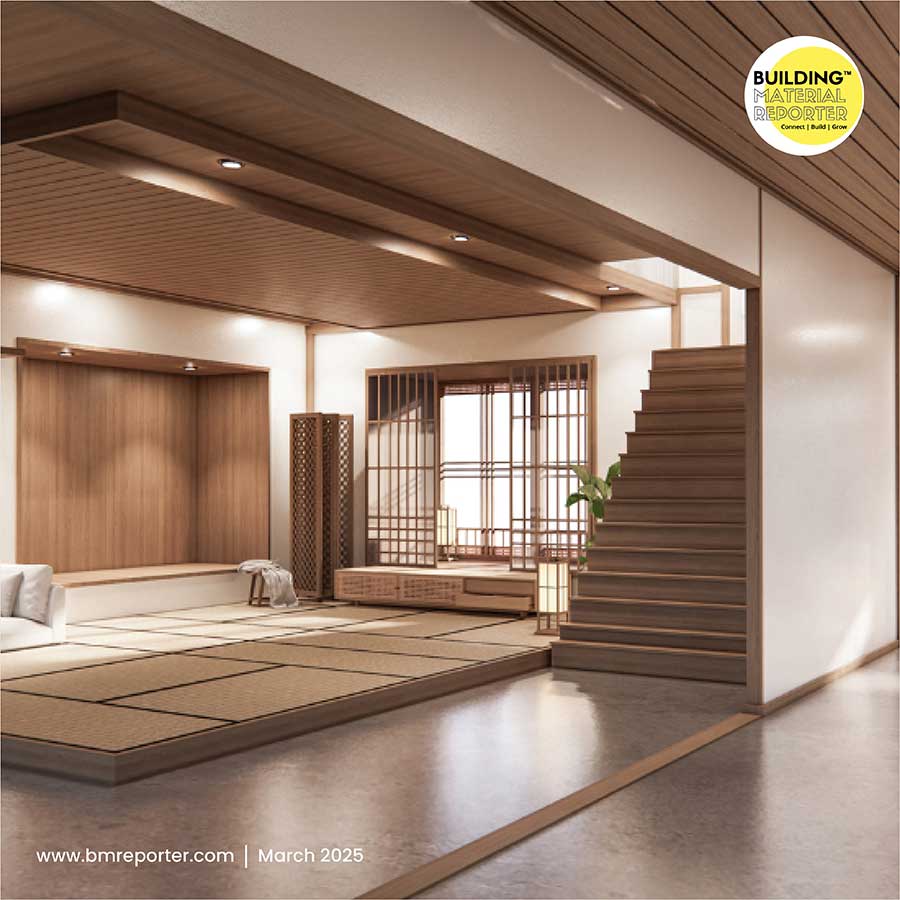Adaptive Reuse in Architecture: Imaginative Reuse of Old Buildings Required More Than Ever Today
- March 17, 2023
- By: Editorial Team
- INFLUENCERS
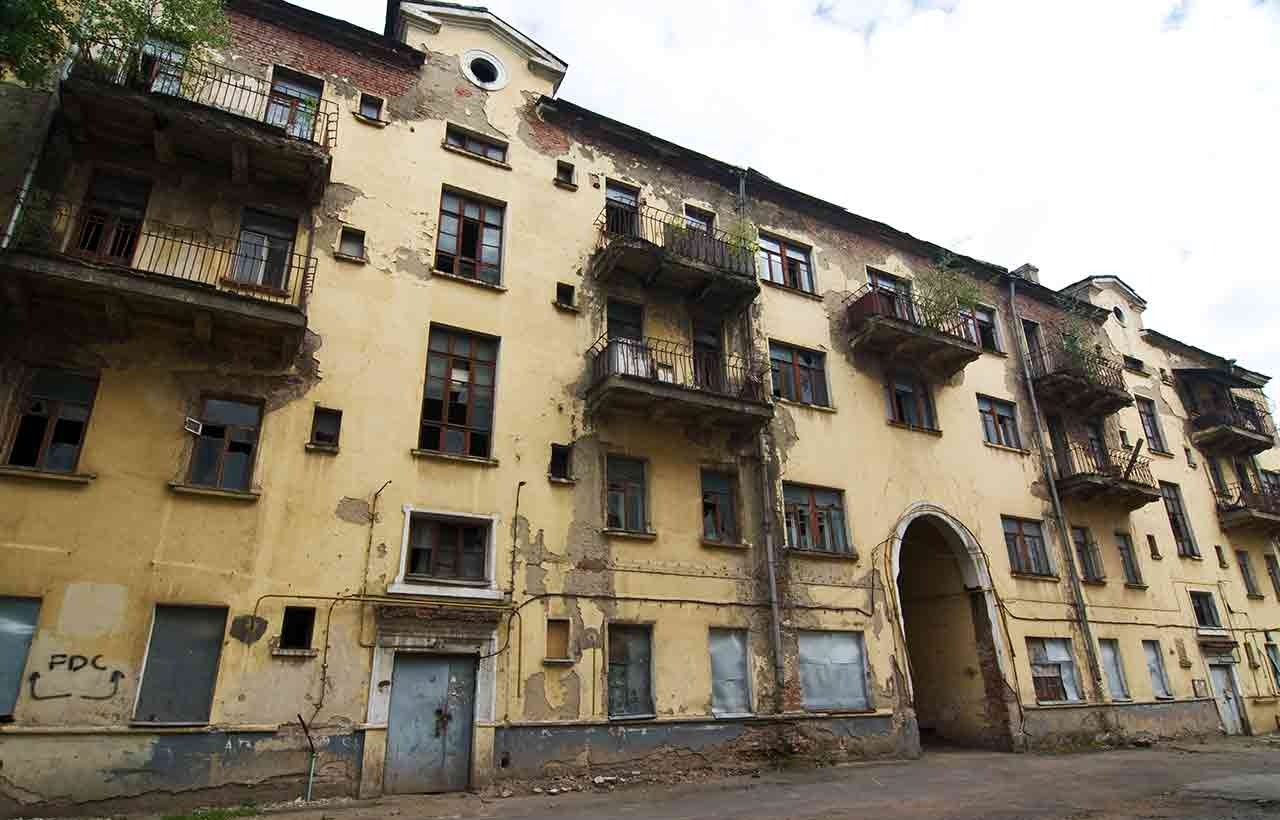
Today, against the backdrop of rising costs, rising pollution, and fast depleting man-made and natural resources, it has become important to minimize waste, and use what we already have in the most imaginative and ingenious way.
What’s Adaptive Reuse In architecture?
Also known as building reuse, the term refers to the reusing of an existing building structure for new, and perhaps better, use; for instance, to change an old industrial building into a sprawling restaurant, or an old bus stand into a school, or an old temple into an orphanage.
In architecture, reuse may go from reusing materials and construction elements to reusing structures, a procedure called adaptive reuse.
Adaptive reuse architecture ignites old, abandoned and dilapidated building structures by changing them into something handy, such as schools, low-income lodging, student accommodation, or cafeterias.
Adaptive reuse is about using old buildings to stimulate our future, instead of simply becoming a part of the past.
Adaptive Reuse: Why Is It Required More Than Ever These Days?

Adaptive reuse is needed more than ever nowadays for a variety of important reasons.
It’s needed to:
1. Reduce the Chaotic Pace of Urban Spread. Common builders and ordinary people often cross the boundaries of their cities and urban areas to build their buildings as they find it difficult and beyond their budget to get land for their projects in their cities. This leads to what’s known as “urban sprawl”. This is a term for the unrestricted growth of urban areas, contributing to dangerous air pollution, hazardous traffic patterns, and higher infrastructure expenses, not to mention social loneliness. But through adaptive reuse, the speed of haphazard urban stretches can be somewhat checked, if not stopped completely.
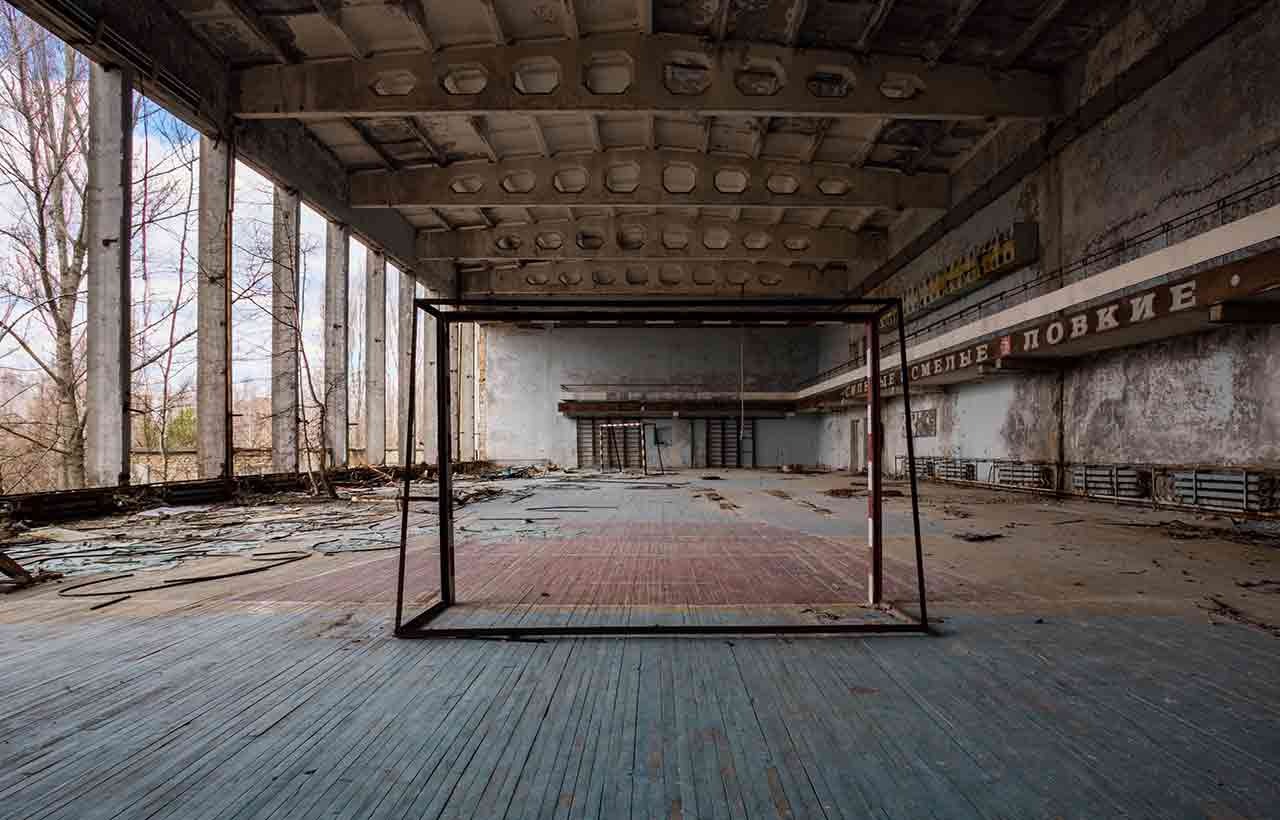
2. Save Money & Resources: Through adaptive and imaginative use of old buildings and structures for different purposes, it’s possible to save money and precious resources that can be used for other purposes; for example, to make a new hospital or a new community center.
3. Preserve local culture & identity: Through adaptive reuse, it’s possible to maintain the local culture and identity of a place as old buildings and structures tell their own stories – that of a glorious era gone by. By keeping them intact, and by using them for new purposes, the right effort can be made towards making the new generation aware of the time gone by, and the culture of the era when the buildings were built.
4. Keep Pollution in Check: Pollution created due to the demolition of old structures and erecting new ones over them is a serious cause of worry today. If they aren’t demolished and re-used at least, a positive difference can be made in the levels of pollution.



